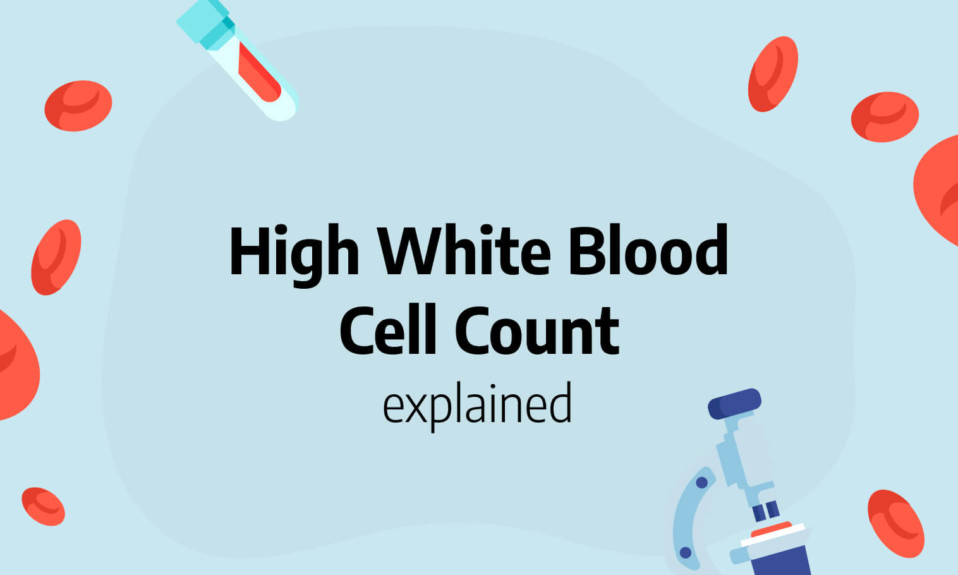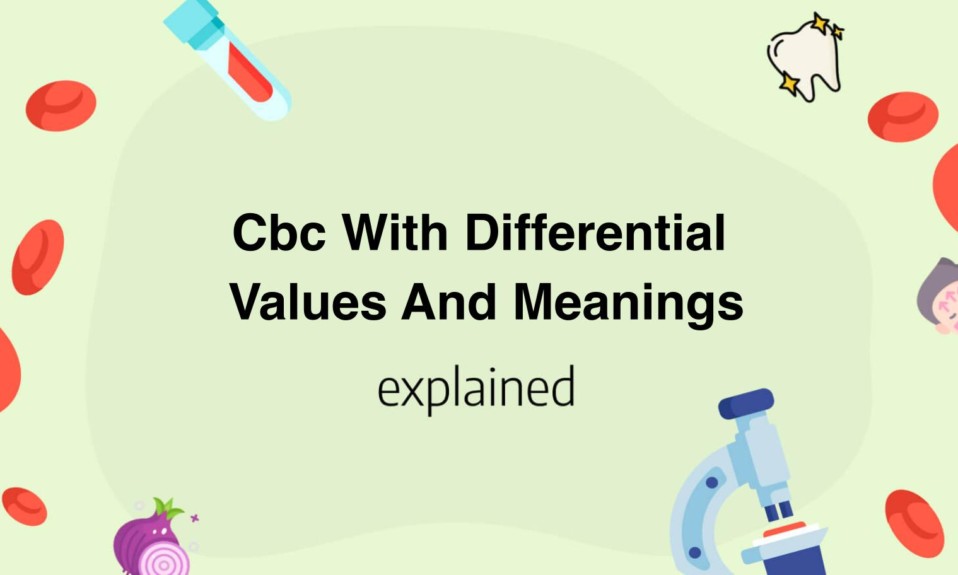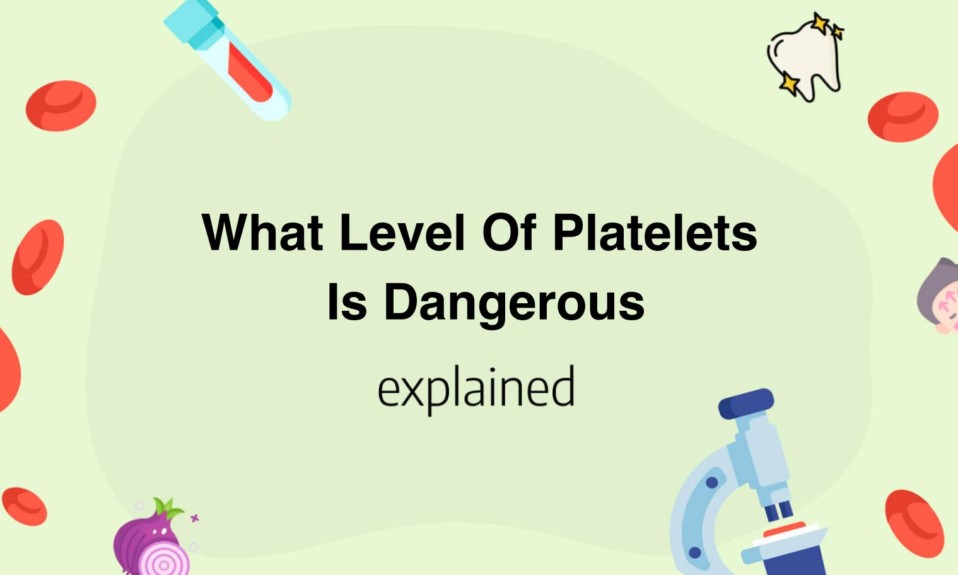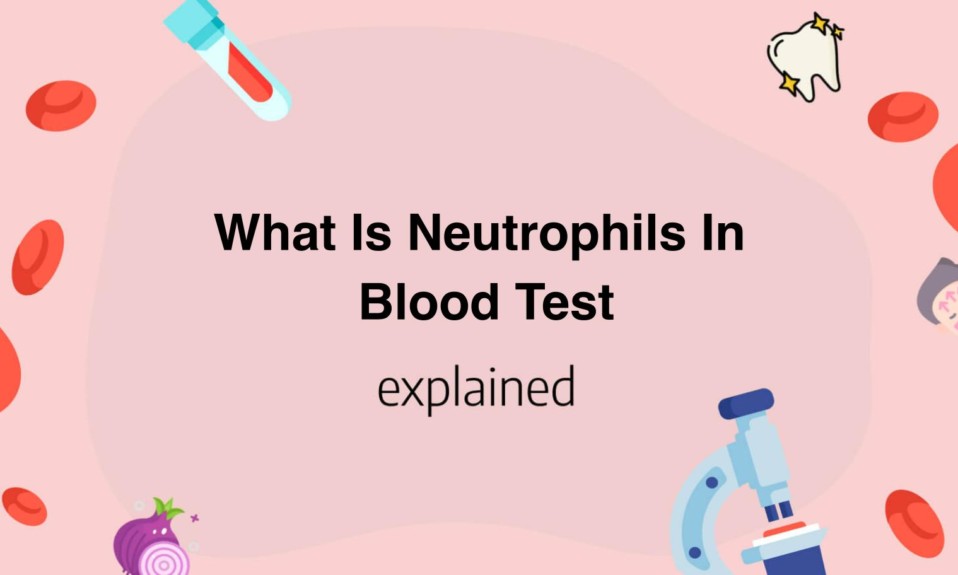In this post, we’ll talk about high white blood cell count.
Leukocytes, also known as white blood cells, are cells of the immune system that are formed in the bone marrow and are present in the blood, lymph, lymphoid organs and certain tissues.
Since white blood cells increase in case of infection, inflammation or bone marrow dysfunction, measuring them is very useful.
What are white blood cells?
White blood cells, also called leukocytes, are cells produced by the bone marrow.
They make up the immune system and are involved in the fight against infections by protecting the body against external aggressions such as bacteria or viruses.
White blood cells are found in the blood, lymph nodes, spleen, tonsils, vegetations and lymph. There are three main categories of white blood cells:
- Monocytes: (macrophages) represent 7% of white blood cells. In adults, there are 2 to 8 monocytes per 100 white blood cells. Like many blood cells, monocytes are produced by an organic tissue contained in certain bones, the bone marrow. They are the main actors of phagocytosis after their transformation into phagocytes, the mechanism by which the cell absorbs undesirable microorganisms to destroy them.
- Lymphocytes: represent 30% of leukocytes. A distinction is made between B lymphocytes (B lymphocytes produce antibodies specific to an antigen: the antibodies attach themselves to antigens, such as bacteria, in order to destroy them) and T lymphocytes (secreted by the thymus before transforming into thymocytes, these cells divide and multiply rapidly when they are exposed to an antigen). They are part of acquired immunity: that is, they are not present at birth or immediately, unlike the innate immune response, and only come into play when a person’s immune system encounters and recognizes foreign infectious agents called “antigens” (bacteria, viruses, fungi, parasites…).
- Polynuclear cells (granulocytes): carry out what is called “phagocytosis”, i.e. they attack foreign bodies in case of infection. They are part of the innate immunity system, present from birth. It is the body’s first response to an attack by a pathogen. There are three types of polynuclear cells: neutrophils (60% of leukocytes), eosinophils (2 to 4% of leukocytes) and basophils (1% of leukocytes).
What is considered a high white blood cell count?
Usually, a person produces about 100 billion white blood cells per day.
These are counted as the number of white blood cells per microliter of blood. The normal total number is between 4,000 and 10,000 cells per microliter.
White blood cell count are considered as elevated or high when the absolute count is above 10000/mm3.
What is leukocytosis?
Leukocytosis also called Hyperleukocytosis or elevated white blood cell count is an increase in the number of white blood cells above 10,000 cells per microliter of blood.
Leukocytosis is described as moderate between 10,000 and 15,000 white blood cells per microliter and severe above 15,000 white blood cells per microliter.
A leukocytosis can result from an increase in one of the three categories of white blood cells normally found in the blood. This is called :
- polynucleosis when there is an increase in the number of neutrophils, eosinophils or basophils;
- lymphocytosis when there is an increase in the number of lymphocytes;
- monocytosis when there is an increase in the number of monocytes.
What causes a high white blood cell count?
High white blood cell count or hyperleukocytosis can be said to be physiological, i.e. normal :
- following physical effort
- after an important stress
- during pregnancy
- in postpartum
But in most cases, hyperleukocytosis is the body’s normal defense response to :
- a bacterial infection such as strep throat
- a viral infection (mononucleosis, cytomegalovirus, hepatitis, etc.)
- a parasitic infection
- an allergy (asthma, drug allergy)
- certain medications such as corticosteroids
More rarely, hyperleukocytosis may be a sign of bone marrow cancers, resulting in the release of immature or abnormal white blood cells from the bone marrow into the blood, such as:
- chronic lymphocytic leukemia (CLL)
- Chronic myeloid leukemia (CML)
- Acute leukemia
What are the symptoms of high white blood cell count?
The symptoms of high white blood cell count will be those of the disease from which it results. For example, with a viral infection, such as mononucleosis, symptoms include:
- fever
- swollen glands in the neck
- severe fatigue
How is hyperleukocytosis treated?
Leukocytosis is treated differently depending on the context and the cause of the hyperleukocytosis.
It therefore varies depending on whether it is due to angina, pneumonia or chronic lymphocytic leukemia.
It is based on :
- symptomatic treatment in the case of viral infections
- antibiotic treatment in case of bacterial infections
- antihistamine treatment in case of allergies
- chemotherapy, or sometimes a stem cell transplant, in case of leukemia
- removal of the cause in case of stress or smoking.
How high does your white blood count have to be to be hospitalized?
If your white blood cell count is elevated, then you should consult your doctor.
Only your doctor should take the decision to get you hospitalized, and only if needed.









